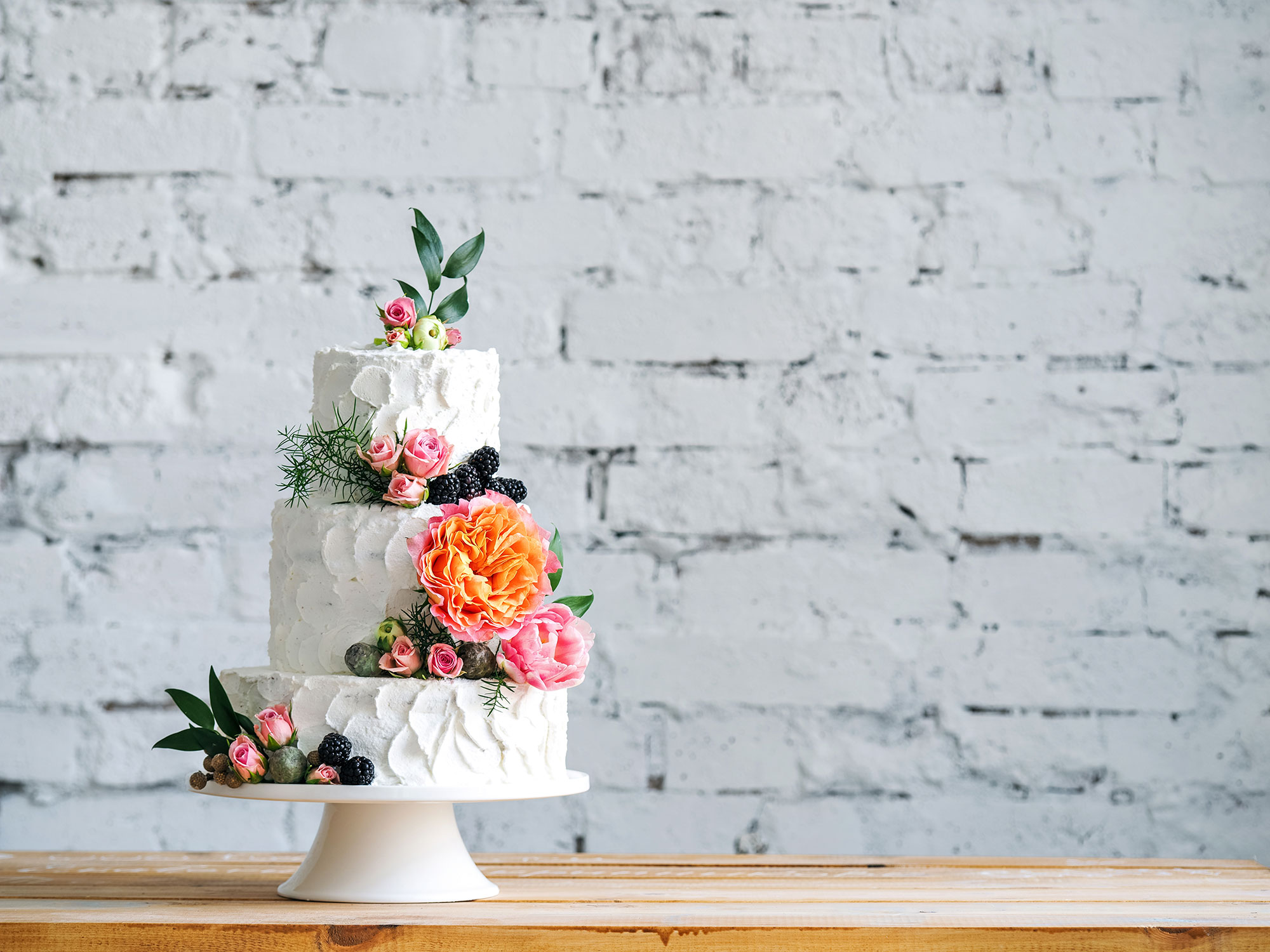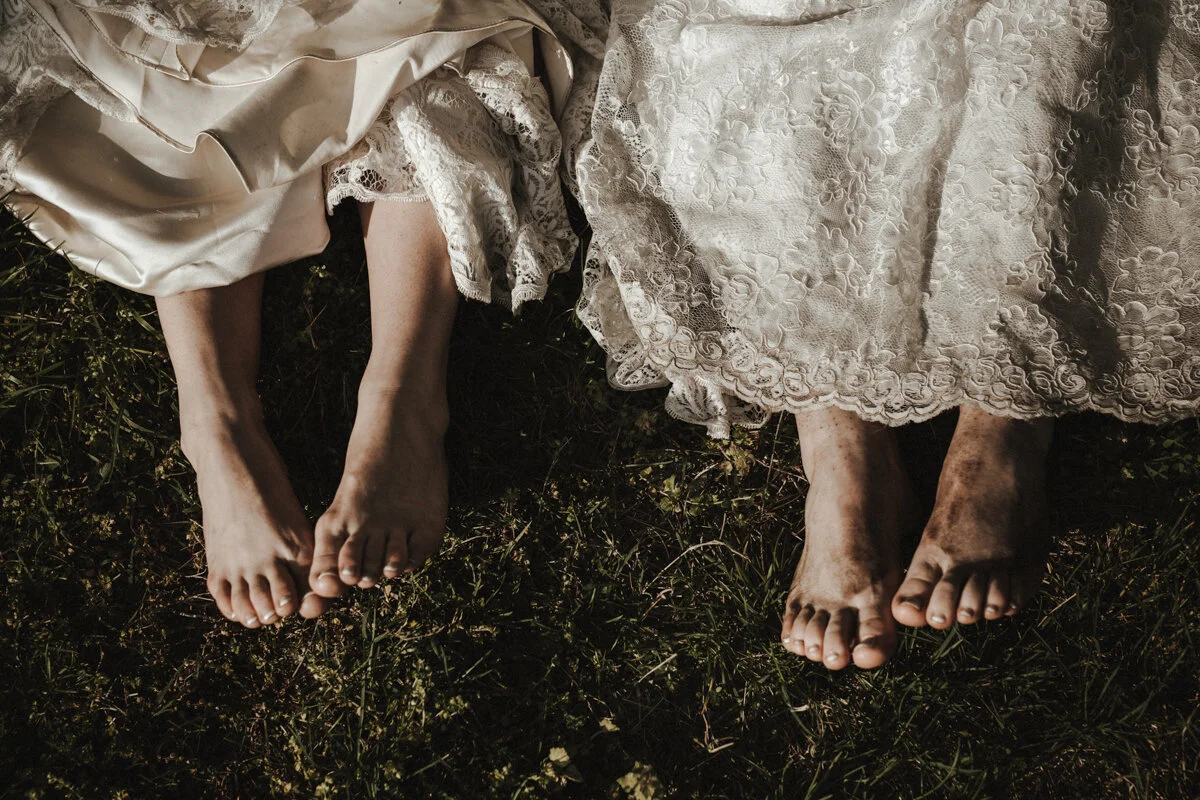Wedding Loans Are More Popular Than Ever, and That's Not a Good Thing
/I was opening a new checking account when the bank teller asked me what I did for a living.
“I’m a wedding coordinator,” I said, and braced for what three years of coordinating had taught me to be the inevitable reaction people have when they hear about my job.
“Oh, that must be fun!” she said, right on cue. “We just had a couple in here the other day applying for a wedding loan.”
Excuse me?
A wedding loan, as the name implies, is a loan that helps pay for a wedding and, despite my initial shock, a lot of people get them. Online lenders say they’re issuing up to four times as many wedding loans as they did a year ago, according to a June 19 story in The Washington Post.
“These loans are a way to thread the needle,” David Green told The Post. Green, who is the chief product officer at San Francisco-based online lender Earnest, explained that “people are carrying more debt [and] they want to get married but don’t have the funds to do so.”
What the Average Wedding Costs
People never believe me when I tell them what the “average” American wedding costs. I say $33,931 and their jaws drop. Surely that can’t be right.
But the numbers don’t lie. That figure — $33,931 — comes from The Knot, and Brides conducted a survey that showed that in 2018 the number was actually closer to $44,000, which is a startling increase.
As the wedding industry’s biggest player, The Knot runs an annual survey called the “Real Weddings Study.” Every year, the results come out on Valentine’s Day (because of course they do) and every year, the numbers make me nauseous.
$15,439 on a venue.
$2,679 on a photographer.
$2,411 on flowers and decor.
$1,631 on a dress.
$1,292 on a DJ.
The Knot got these figures from more than 14,000 U.S. couples so we can’t dismiss the results with the tired excuse of “Well, I bet they had a really big wedding.” $33,931 is the average. People spend a whole lot more than that ($96,910 in Manhattan, the country’s most expensive place to get married). They also spend a lot less, but even the most affordable place to get married (Idaho) costs $16,366.
That number is the top of the budget for most of the couples I work with. They started with a goal of $10,000 to $15,000. Then, they started planning and realized that the venue alone was going to cost what they thought the whole wedding would be. A month into wedding planning, and they’ve blown their whole budget.
Why Couples Get Wedding Loans
The Washington Post blames this reality on millennials’ so-called fixation with having “Instagram-worthy” weddings but, in my opinion, the problem goes deeper than Pinterest and social media. Some of the cost of having a modern wedding is unavoidable — life costs more than it did when our parents got married — but a lot of the problem is because my industry has been allowed to rot.
Nobody talks about what things cost when it comes to planning a wedding. The question seems almost rude, as if to talk about how insane it is that women spend nearly six times more on their wedding clothes than men dilutes how “special” that one dress is supposed to be. “Don’t you want to get married?” hangs in the air like a bad smell. “This is just what things cost,” is always the excuse.
Enter wedding loans. They’re the fastest growing line of business at Earnest, which I mentioned earlier. On average, couples borrow $16,000 with an interest rate of between 7 and 18 percent. They pay it off within three years but, of course, that means they’re slower to pay off the average $36,000 in other debt that most millennials carry. (That number does not include home mortgages.)
We Need to Separate Couples’ Worth from the Cost of Their Wedding
What do we do about this? For those planning a wedding, we need to get real about what things cost. We need to talk about how much we spend on our weddings and own the reality that we might not be able to have everything we thought we wanted but that doing so doesn’t make our wedding any less perfect than one that costs twice as much.
For those who know someone planning a wedding, we need to stop telling them what they “have” to have unless we’re willing to foot the bill or pay a cover (the average wedding guest costs $70 in catering alone). We need to stop making couples feel bad if their wedding doesn’t “look a certain way” or have the “traditional” vendors or activities that decades of marketing have taught us “make a wedding a wedding.” Skipping a photo booth does not make your child or friend any less married.
We Need More Cost Transparency
Vendors play an important part here, too. We must be honest about what our services cost and why. I post my prices on my website and yes, some may consider me expensive. I charge between $1,500 and $2,000, which is right on par with the national average of $2,002 that people spend on a wedding or event planner. I’m also candid about why I charge what I charge, and the fact that people really don’t have to hire me to have fun on their wedding day. One of the most popular pages on my website is a list of alternatives for people who would rather not book a day-of wedding coordinator. This is not to say that vendors should undervalue themselves, but rather, we need to speak candidly with our clients about what they can actually afford.
None of this is enough to revolutionize our industry, but it’s better than allowing our industry to bloat because we’re so worried about “offending” our families and friends when it comes to their expectations for our weddings. It’s not easy to follow this advice. I’ve struggled with it as both a vendor trying to make rent and as a woman planning her own wedding, but it’s necessary if we ever want to live in a world where people don’t start their marriages already underwater.
What to Read Next:
- 16 Reasons You Need a Wedding Contingency Fund
- The Real Reasons for the High Cost of Quality Wedding Photography
- 10 Realistic Tips for Having a Feminist Wedding on a Budget
- 4 Questions to Ask Yourself Before Creating Your Wedding Budget
- Ask A Professional Florist: Why Do Wedding Flowers Cost So Much?
ELISABETH KRAMER
Elisabeth Kramer is a day-of wedding coordinator and writer based in Portland, Oregon. Learn more about her work at elisabethkramer.com.






















